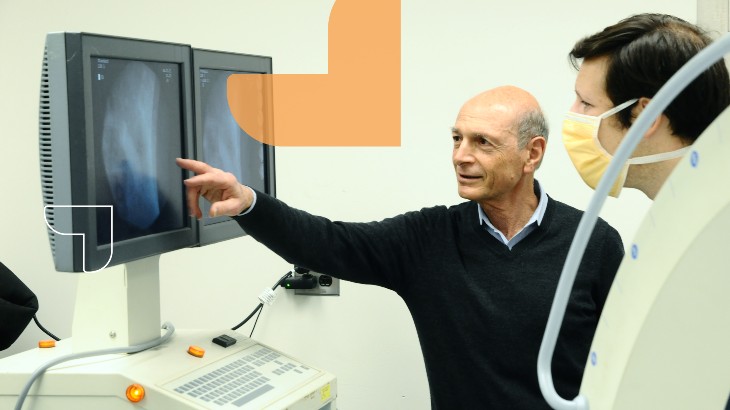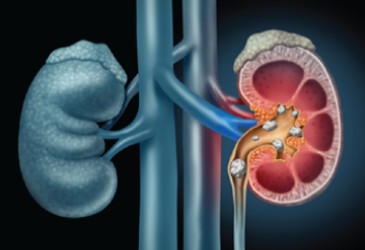
Shockwave lithotripsy (SWL) is a noninvasive procedure for breaking up kidney stones with high-energy shock waves. SWL is the least invasive and least risky approach to stone treatment.
With newly renovated space at Rome Health to accommodate this type of procedure, Rome Health urologists Brent Carlyle, MD and Bashar Omarbasha, MD are now able to offer their patients this type of treatment of kidney stones in Rome.

Lithotripsy uses high energy shock waves, which are passed through the body and used to break stones into pieces as small as grains of sand. Because of their small size, these pieces can more easily pass from the body along with the urine.

During the procedure, the patient lies on top of a soft cushion or membrane through which the waves pass. About 1-3 thousand shock waves are needed to crush the stones. The complete treatment takes about 45 to 60 minutes.
Through this treatment, many patients may be treated for kidney stones without n invasive procedure. As a result, complications, hospital stays, costs and recovery time are reduced.
Lithotripsy may not be the best treatment option for all patients, however.
The size, number, location and composition of the stones are factors that must be taken into account when exploring treatment options. With lithotripsy, the stones must be clearly viewed by the x-ray monitor so the shock waves can be targeted accurately. If anatomical abnormalities prevent this, other methods of stone removal may have to be considered. Through examination, x-ray and other tests, your urologist will discuss what the best treatment is for you.
According to the National Kidney Foundation, in those patients who are thought to be good candidates for this treatment, about 70 to 90 percent are found to be free of stones within three months of treatment. The highest success rates seem to be in those patients with mobile stones that are located in the upper portions of the urinary tract (kidney and upper ureter). After treatment, some patients may still have stone fragments that are too large to be passed. These can be treated with other methods if symptoms persist.
To schedule an appointment with one of the urologists at Rome Health Urology, call (315) 356-7390. The office is located in the Griffiss Professional Complex at 267 Hill Road, Suite 300, accessed by turning on Avery Road next to AmeriCU Federal Credit Union.
Rome Health Urology
267 Avery Lane, Suite 300 Rome, NY 13440

